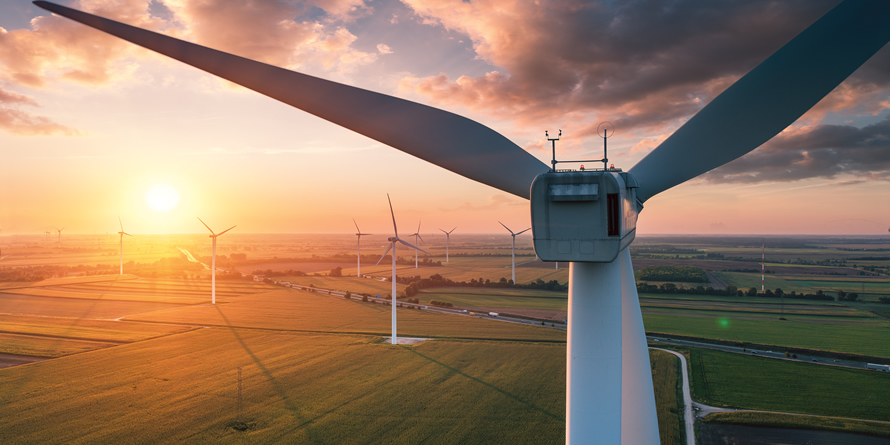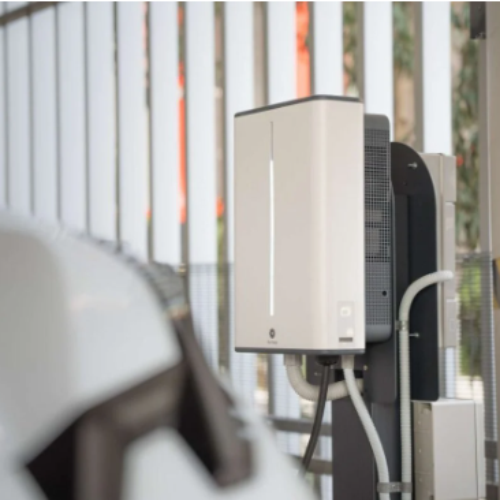Greater power margins and falling electricity demand sent peak market prices tumbling, according to energy monitoring firm EnAppSys.
In its 2017 review of energy generation, demand and pricing, EnAppSys pointed in particular towards the advent of the Capacity Market mechanism as a better method for procuring generators as opposed to the former Supplemental Balancing Reserve (SBR) mechanism.
The SBR mechanism allowed National Grid to procure demand shortfalls from a set of pre-contracted plants outside of commercial tenders. Ofgem decided last year to remove SBR cost recovery arrangements as of the 2017/18 winter period in a bid to protect consumers from higher prices.
And this decision appears to have worked with the desired outcome. EnAppSys notes that around 3.5GW of capacity has been placed back into the market via the Capacity Market.
At the same time overall power demand continued to fall in 2017, particularly from residential and commercial properties. EnAppSys suggests that total power demand in 2017 reached 287.5TWh, down 6% year-on-year.
And those two factors combined resulted in more stable daily peak ahead prices throughout 2017, reducing in particular the occurrence of high peaks seen in the year before caused by much tighter margins and scarcity pricing.
Paul Verrill, director at EnAppSys, said that previous use of the SBR had left negative margins in both 2015 and 2016 which had driven prices upwards.
“However, the Capacity Mechanism has enabled the market to benefit from an extra 3.5GW of capacity provided by these plants now that they (or their replacements) can trade commercially. This, coupled with windy conditions and other new plants coming into the market, has significantly reduced both overall prices and the high peak prices that were common in 2016,” he said.
The windy conditions Verrill mentions have also been a significant contributing factor to the continuing growth of renewable generation in the UK’s power mix, perhaps best evidenced by last week’s news that 2017 was the “greenest on record”.
EnAppSys points to the UK’s growing fleet of wind generators as having boosted renewables in 2017, helping the generation set rise in prominence to more than a quarter (27.3%) of total demand last year.
Verrill said that wind’s share is only likely to grow in 2018, boosted by the new Western Link interconnector which stands to bring a further 2.2GW of excess wind to England’s power mix.
“Last year there was an over-supply of wind due to lower demand for electricity and approximately 3% of wind generation was wasted as wind farms in Scotland were turned down or off because their output could not be used by the market.






